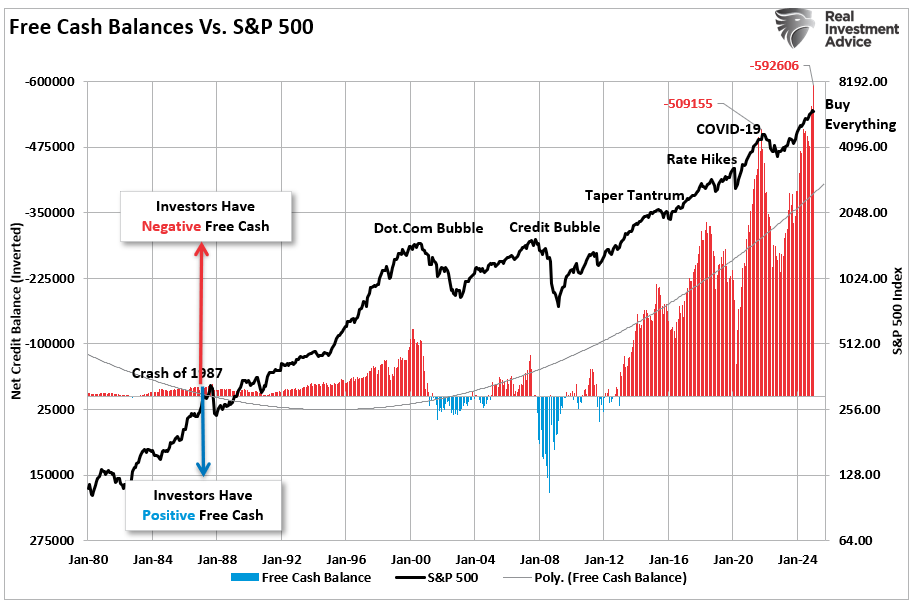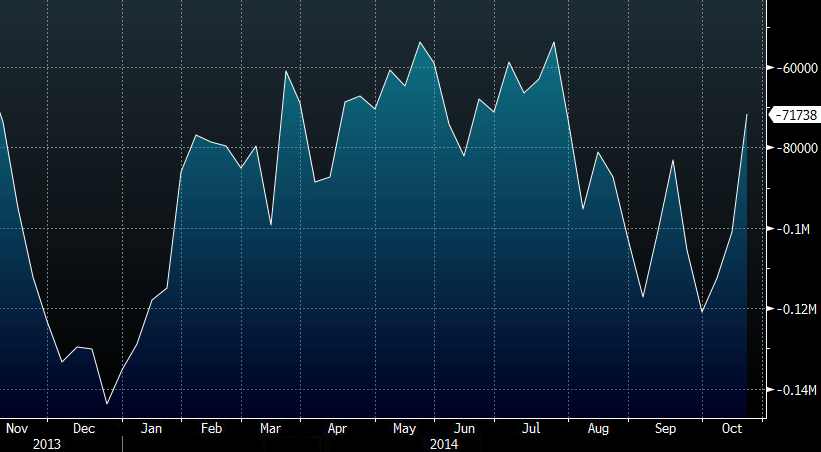Alright, folks, let’s cut through the noise. Federal Reserve Governor Christopher Waller’s colleague, Musalem, just threw a bucket of cold water on the market’s rate cut fantasies. He’s essentially saying: hold your horses. Don’t even think about locking in those rate cut bets until we see the full impact of these tariffs on inflation.
Photo source:www.marketwatch.com
It’s a pragmatic call, frankly. While tariffs could lead to a temporary blip in prices, they could just as easily embed themselves into a more persistent inflationary trend. We’re playing a waiting game, and the Fed isn’t going to be pressured into a premature move.
He did leave the door slightly ajar, stating rate cuts remain on the table if inflation proves truly transitory, expectations stay anchored, and the economy takes a decisive turn for the worse. But that’s a big ‘if’.
And let’s be clear, the economic signals aren’t screaming ‘recovery’. Musalem acknowledged a noticeable slowing in economic activity and a dip in overall sentiment. This isn’t a full-blown crisis, but it’s definitely a warning sign.
Digging Deeper: The Complexities of Tariffs & Inflation
Tariffs are essentially taxes on imported goods. They directly increase the cost of those goods for businesses and consumers. This can contribute to ‘cost-push’ inflation, where prices rise due to increased production costs.
However, the inflationary impact can be complex. Businesses might absorb some of the tariff costs to remain competitive. Or, they might find alternative, cheaper suppliers. The ultimate effect hinges on these dynamics.
Furthermore, tariffs can also trigger retaliatory measures from other countries, further disrupting global supply chains and potentially amplifying inflationary pressures. It’s a precarious situation that demands careful observation by the Federal Reserve.
The Fed’s primary mandate is price stability. Musalem’s cautious stance underscores their commitment to that goal, even if it means disappointing Wall Street’s rate cut timeline.







